Bathroom cleaner is a hazardous material if it has a pH of less than 2 or greater than 12.5. Any bathroom cleaning supplies that contain sodium hypochlorite (bleach), phosphoric acid, or sodium hydroxide is hazardous material because it can easily irritate the lungs and burn eyes, skin, and internal organs if consumed.
Bathroom and toilet is a special place in every household that needs to be clean at every interval. The reason is because of the things we do inside this place. You and I know the exact thing we do inside the bathroom and toilet and because of that, it is important to always clean it.
However, you need a cleaning substance to clean your bathroom and toilet. You can not just clean the bathroom like that. Even when we wash clothes, we make use of washing substances to make sure the cloth is free from dirt. Some of these cleaning substance includes:
Table of Contents
List of Cleaning Materials
- Scents / Air fresheners
- Soaps
- Detergents
- Bleaching agents
- Softeners
- Scourers
- Polishes, and
- specialized cleaners for bathrooms
While we make use of these cleaning products at our respective homes to clean our bathtubs, shower, bathroom sink/faucet, etc, is there any possibility that they are risky? This brought us to our question; is bathroom cleaner a hazardous material?
Is Bathroom Cleaner a Hazardous Material?
Yes in the sense that there are some bathroom and toilet cleaning materials that are very hazardous to your skin and your health as well. However, there are various other bathroom and toilet cleaners that are not as harmful as you think.
The majority of these cleaning substances we use in our bathroom and toilet are mostly chemically made and can be very harmful to the body. However, if a cleaning material has a pH of less than 2 or greater than 12.5 then that cleaning agent may be considered to be hazardous and risky to use.
If you use them and it mistakenly touches or enters where it’s not supposed to enter, it may lead to a health issue for you. The fact remains that no matter how hazardous a cleaning material is, we must definitely use it and most of us don’t verify if a cleaning agent is risky or hazardous before buying.
Imagine letting a cleaning bleach enter your tongue. Maybe you are washing and taking and suddenly there is a splash and it happened that water containing bleach and other chemicals entered your mouth and you swallowed it? Trust me, that is very risky.
Be that as it may, it is important to note that these cleaning material are not just hazardous to the person cleaning it alone, it equally extends to the bystanders. Those that are exposed to the cleaning agents. It equally extends to other creatures in the environment. Not just humans alone.
The thing is, you have to be conscious of the type of cleaning material you use. Many years ago, my sister bought a cleaning material which she used in cleaning our bathroom and toilet. Guess what happened. The next day, she noticed that her hands were peeling. The reaction continued for one week before it was able to completely clear from her hands.
How to Know if a Bathroom Cleaning Material is Hazardous
Many cleaning materials can be mild in their effects on the skin or eyes. To determine this, you need to check the pH level of that product as explained earlier, if the pH is less than 2 or greater than 12.5, do not use it. Look for another alternative.
Harmful Effects of Toilet Cleaner?
Skin
Hazardous cleaning material may lead to irritations. A severe irritation to the skin. The body will start to itch and turn red because of the excessive itching and scratching.
Eye
To the eyes, hazardous cleaning materials may also lead to itching in the eye. This can as well lead to your eye to change to red color because of the excessive itching and scratching. In this case, you might start tearing and pains in the eye. It may also lead to stinging and sight is blurred. This can be very annoying.
Chronic Effects
If you leave any of these hazardous cleaning materials on your skin for a very long time, it may cause that part of your skin to die. There is a probability that it might lead to necrosis (death) of the skin.
Having known all these, it is important to take note of these when buying cleaning material. Corrosive chemicals such as corrosive drain cleaners, oven cleaners, and acidic toilet bowl cleaners are said to cause severe burns on the eyes, the skin as well as if you ingest it inside your throat and esophagus.
Bleach is very hazardous in nature, if you are using it to clean your bathroom bathtubs, toilet sitter, bathroom and toilet faucets, etc, you must be very careful. This is because chlorine bleach and ammonia that produce fumes can affect your eyes, nose, throat, and lungs. On that note, if you know you have asthma or lung or heart problems, you not expected to use chlorine bleach and ammonia for the sake of your health.
Meanwhile, fragrance added to some cleaning material may not be too hazardous but still poses some health risks. Most of these fragrances can lead to excessive sneezing and coughing. It may also lead to irritation and watery eyes.
Conclusion
When buying a toilet, bathroom, and kitchen cleaner, buy the one that is being used by many people. At least you already knew its effects from people using it. Do not let the cleaning material enter your mouth, eye, and even touch some part of your body when being used. On no occasion should you let bleach touch your skin. You must clean your bathroom and toilet because cleanliness leads to godliness.
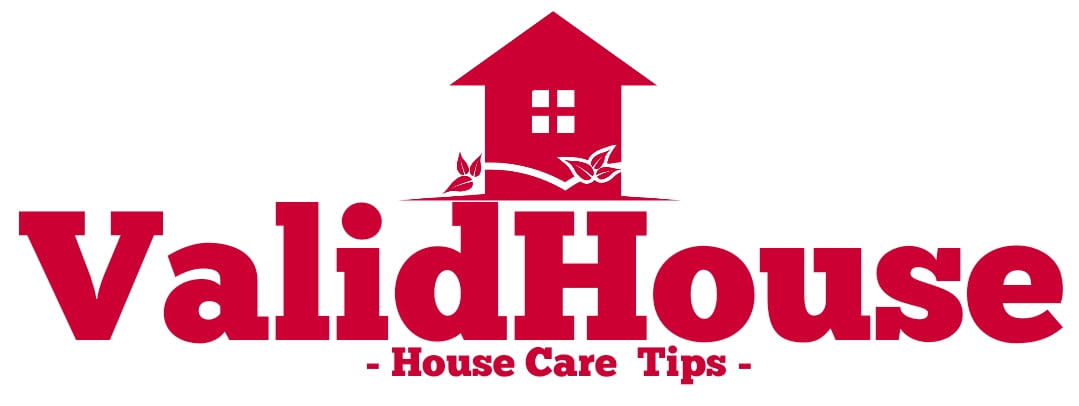
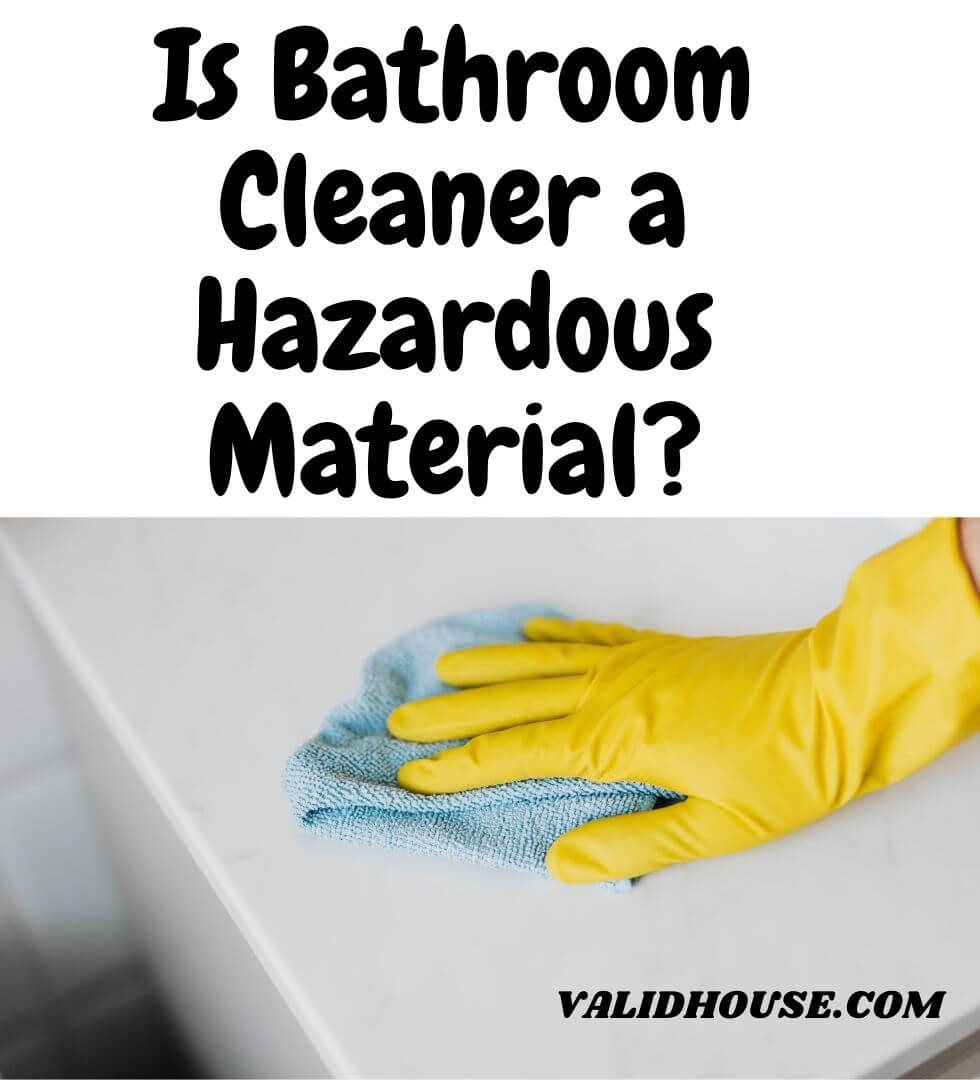
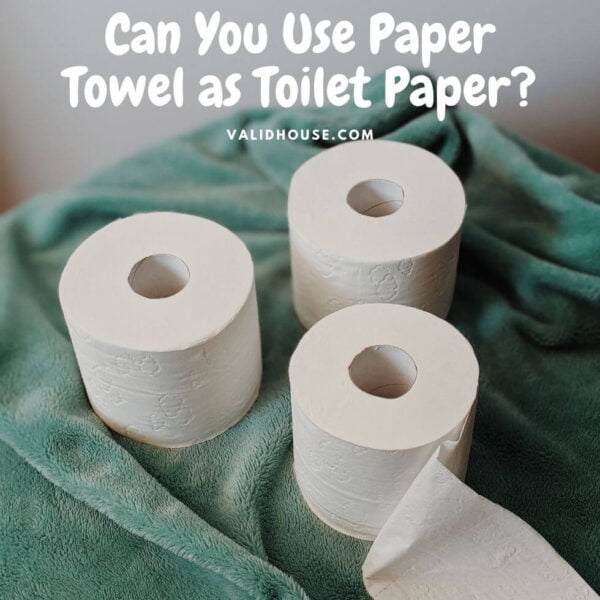
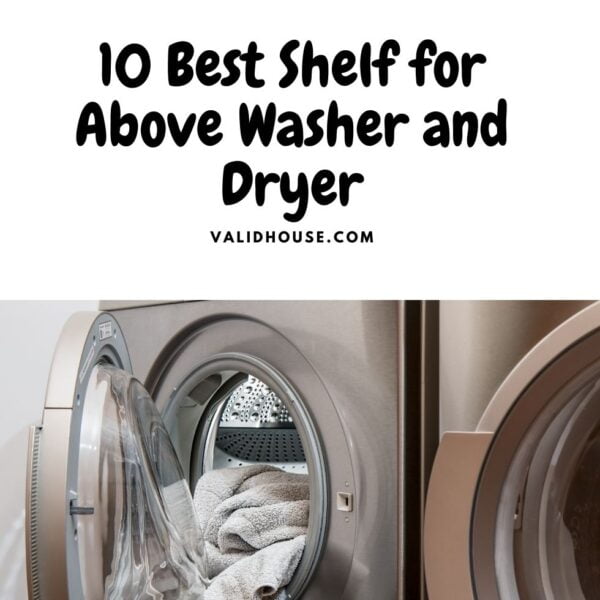
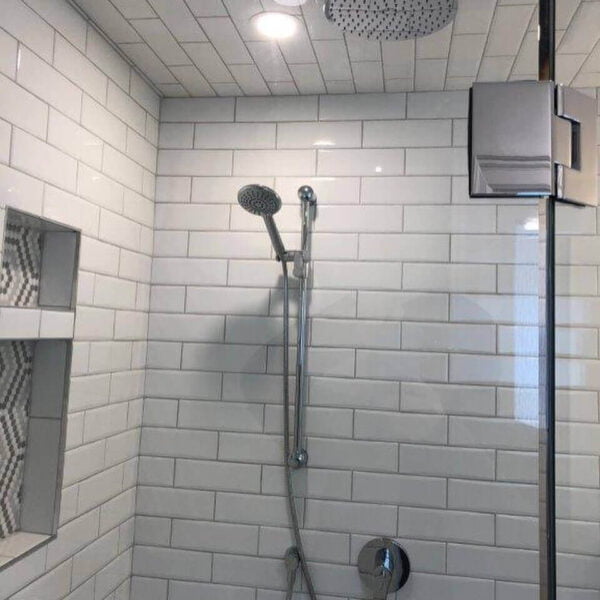
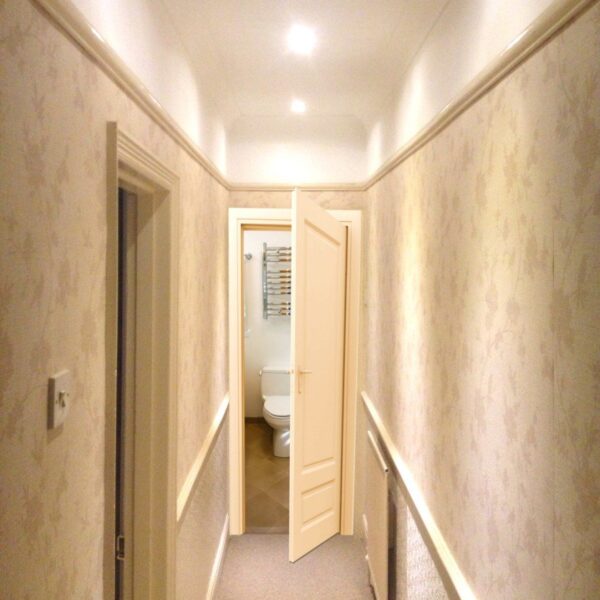
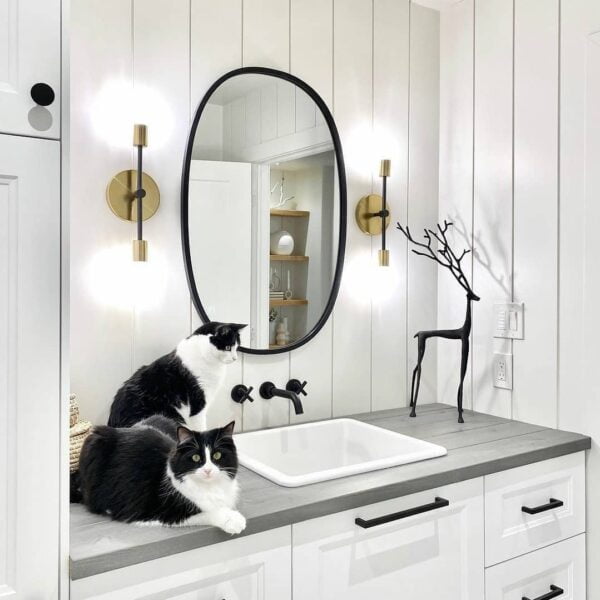
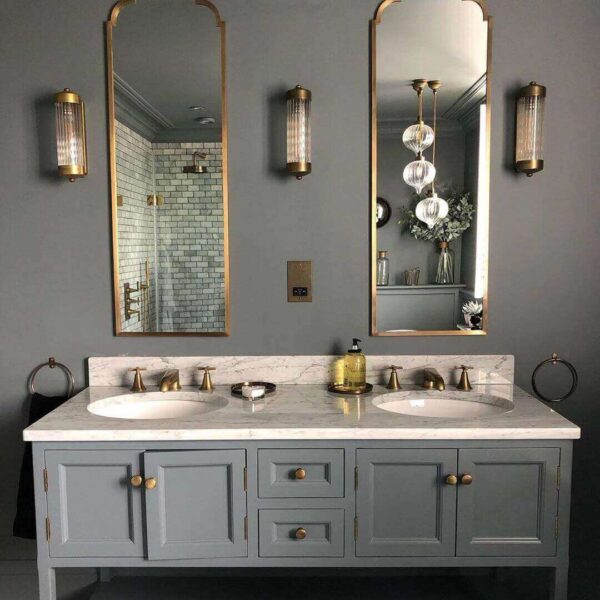
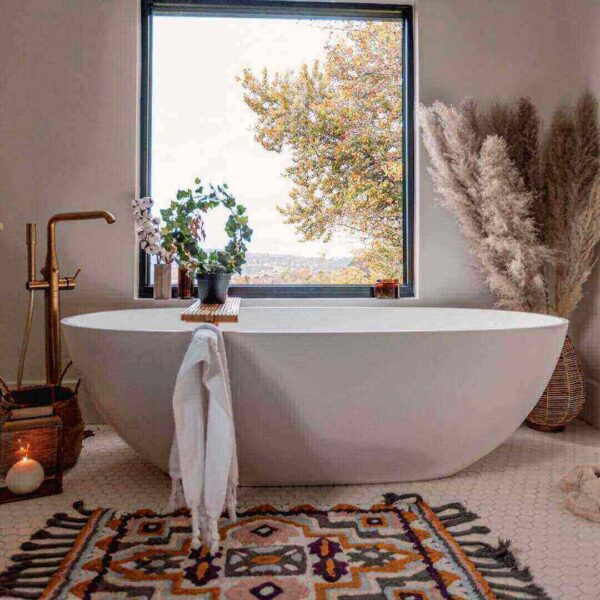

Leave a Comment